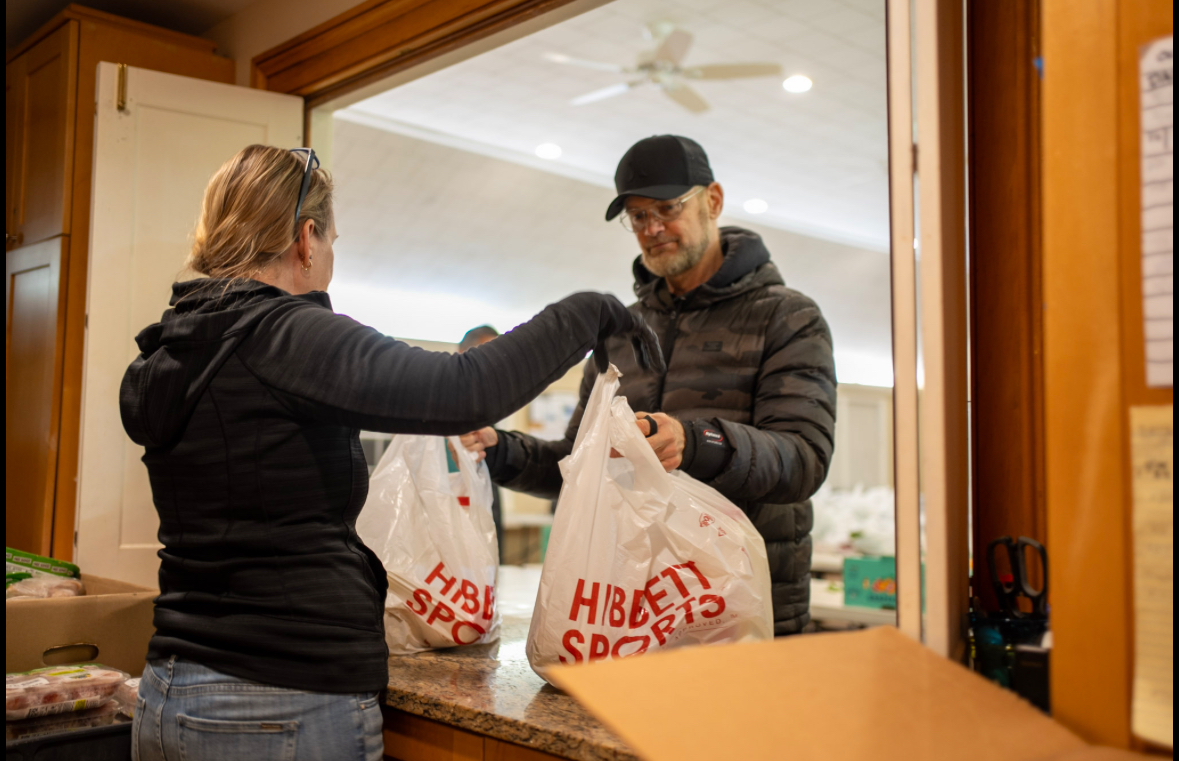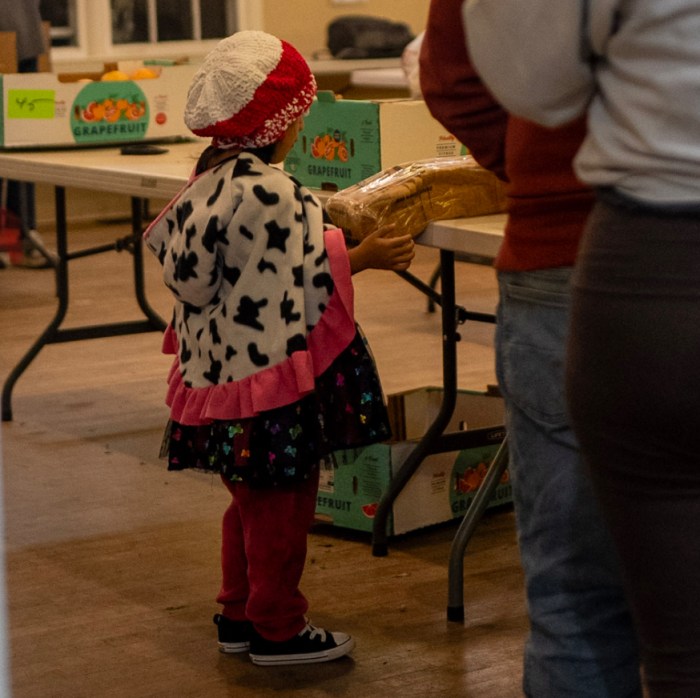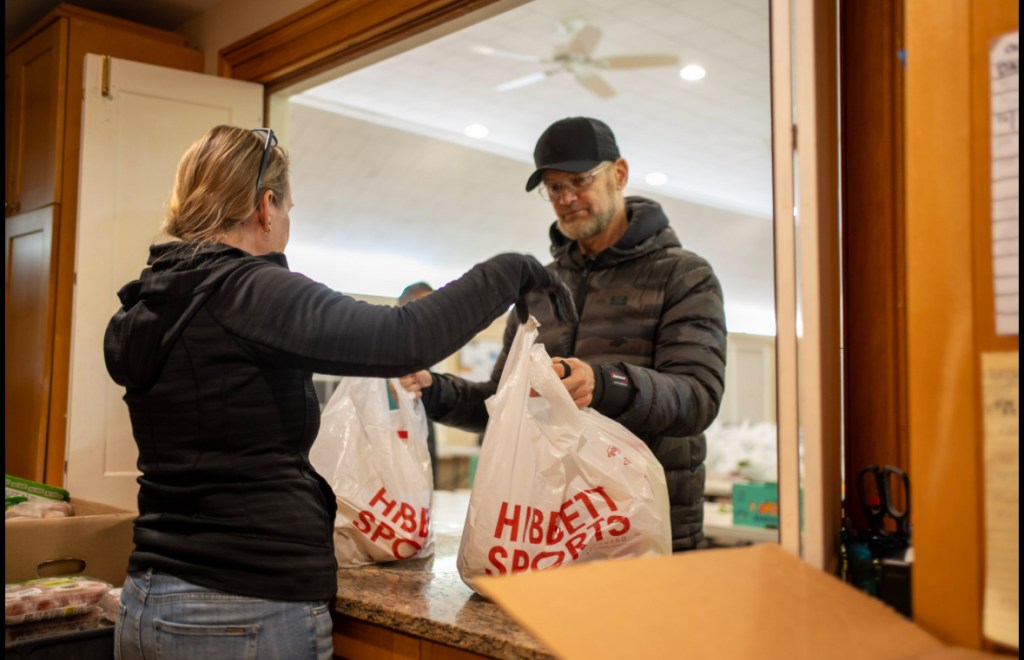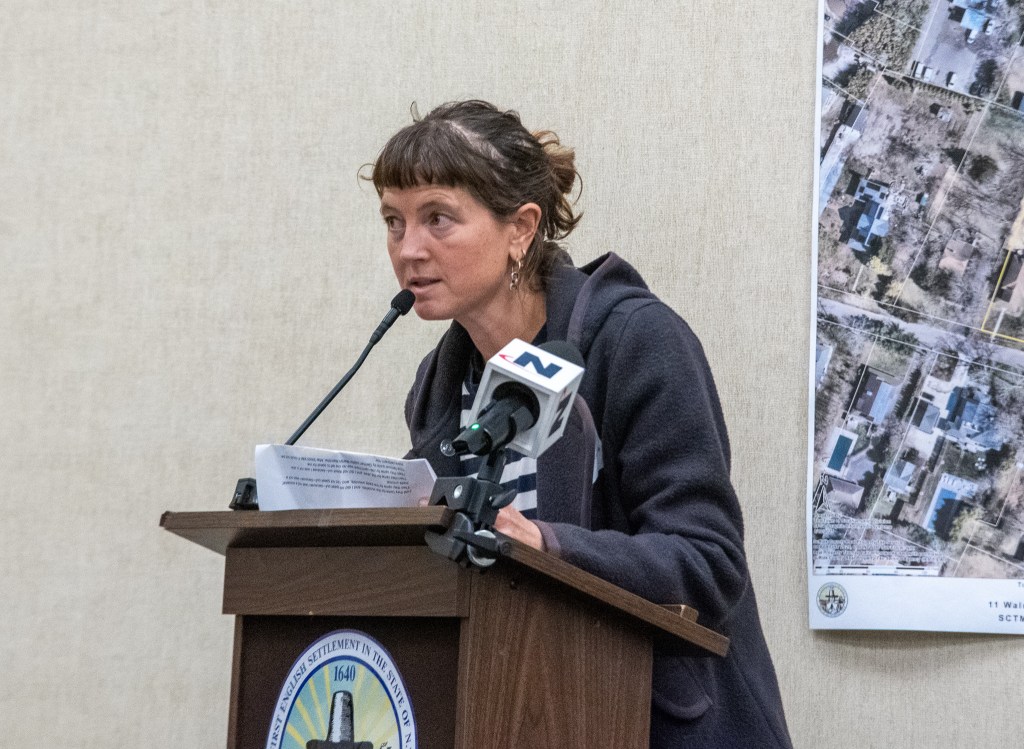Food Tight: Donors Find New Ways to Help Food Banks Amid Rising Demand

Food pantries in the Hamptons and on the North Fork are expecting demand to soar higher in the offseason as inflation continues to make it harder for working families to keep food on the table.
Local nonprofits have been finding new ways to meet the rising demand for assistance as federal support dries up and after the recent government shutdown disrupted the Supplemental Nutrition Assistance Program, also known as SNAP or food stamps benefits, and furloughed federal workers in the runup to the holiday season.
“We expect demand to rise at least 20% through the winter months,” Springs Food Pantry Director Holly Reichart Wheaton said.
Food prices in August 2025 were 3.2% higher than in August 2024 after the cost of food increased by 26% between 2020 to 2024, according to the U.S. Department of Agriculture (USDA).
Amber Waves Farm in Amagansett will ladle out 500 quarts of soup weekly through the winter to the five local food pantries that it supports amid rising food insecurity locally and nationally.
The nonprofit organization’s goal is to provide Montauk Food Pantry, Springs Food Pantry, East Hampton Food Pantry, CMEE, and Heart of the Hamptons with nutrient-dense, ready-to-eat options for working families struggling to put food on the table as the costs of groceries continue to rise.
“Every day I’m working hard to grow this food,” said Jess Tonn, food pantry coordinator at Amber Waves. “There’s somebody in your community who needs it.”

The farm had piloted a soup program last year in partnership with Island Harvest through a federal grant that has since been cut, but relaunched it this year with private donations because demand is up on the South Fork as seasonal employment drops and household costs rise. The farm already donates more than $100,000 worth of produce and prepared foods to the five local food pantries annually.
“When you’re packing that many bags every week, having fresh, farm-grown products makes a huge difference,” Wheaton added.
Tens of thousands of Long Islanders who rely on SNAP benefits, also known as food stamps, won’t be getting them on time or in full this month because of a lapse in funding caused by the recently concluded federal government shutdown. SNAP benefits, which have never lapsed before, were paused on Nov. 1 for the one in eight Americans who rely on roughly $8 billion in SNAP benefits monthly.
Long Island Cares and Island Harvest, Long Island’s two food banks, said they are doing what they can to fill the food and funding gap created for the 184,000 people across Nassau and Suffolk who receive over $40 million worth of SNAP benefits each month, But their help can only go so far.
“The truth of the matter is that with 184,000 people receiving SNAP on Long Island, that’s millions each month that they were counting on. We can’t food bank our way out of that,” said Island Harvest CEO Randi Shubin Dresner. “The generous funding that we’re getting is important. It’s going to feed people who are in need, but it won’t close the gap. The only way to close this gap is to get SNAP dollars back in the system. When people can’t put the food on the table for their families, it’s grim.”
Gov. Kathy Hochul has committed $30 million to food banks across the state until SNAP benefits resumed.
Dresner said the additional money would allow her food bank to purchase tens of thousands of pounds of food, but it wouldn’t be enough to completely fill the need she expects to see from across the island, especially since food banks are already operating with “challenges” after SNAP experienced cuts in the Big Beautiful Bill Act passed by Congress in July.
Both Dresner and Long Island Cares representative Peter Crescenti said they’ve seen an uptick in both people seeking out food and people willing to donate to help them meet the increased need. The increase in need is driven by both the reduction in SNAP benefits and federal workers, who are missing paychecks due to the shutdown, they say.
Both food banks said that monetary donations and gift cards are the most helpful things for them to receive from the community, as that allows them to purchase perishable food, which they can’t accept from the public, in bulk at a lower cost.
Despite the increase in donations from the community and local government, the extent to which the island’s food banks will be able to meet the increased need depends on how long the lapse in funding lasts, both Dresner and Crescenti said. And, even once SNAP resumes full funding, it will still take time for those benefits to reach families, meaning the issue will stretch on for an indefinite period.
“Even if they fund SNAP, or they attempt to fund SNAP today, it’s going to take time before that money filters through the system,” Dresner said. “We’re in this now, and we have to do what we can to make sure we can help people who are struggling and try to release some of the stress that they’re dealing with right now.”
The Trump administration has stated that roughly $4 billion in additional funds would be required to fully fund SNAP benefits through November.
Crescenti said that until SNAP funds are completely back, he wants people to know that Long Island Cares and their local food pantries are there to support them and are doing everything they can.
“Until funding comes from Washington, what people should know right now is Long Island Cares is here for them. We’re pumping on all cylinders to get food out to people in need,” Crescenti said. “We are operating with dozens of volunteers every week, packing boxes as fast as we possibly can, getting our trucks out on the road as fast as we can, and dropping that food off to the pantries, the churches, the soup kitchens, the shelters. We are operating on a red alert.”









